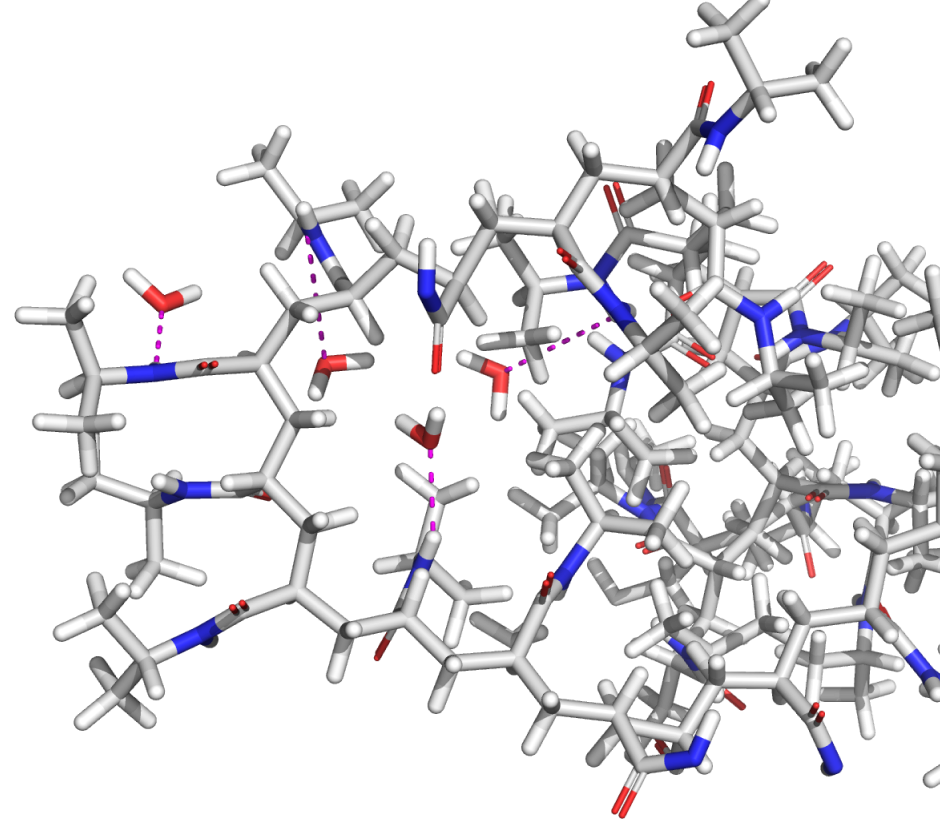OPLS4 & OPLS5 Force Fields
Modern, comprehensive force fields for accurate molecular simulations

Modern, comprehensive force fields for accurate molecular simulations

Force fields are used in molecular simulations to describe the interactions between atoms in a system. Having an accurate force field is at the heart of obtaining useful molecular structures and predicting relative energies, and yet many in silico programs employ force fields that are years, if not decades, old and suffer from lack of sufficient coverage for many common molecular motifs.
OPLS4 and OPLS5 are highly accurate, modern force fields with comprehensive coverage of chemical space for both drug discovery and materials science applications. They build upon the extensive coverage and accuracy achieved in previous OPLS versions by improving the accuracy of functional groups that have presented significant modeling challenges in the past.

Full release of the OPLS5 polarizable small molecule force field: Provides broad coverage of organic functional groups for improved FEP+ and Desmond simulation accuracy
OPLS produces accurate predictions of binding free energies in FEP+, leading to more accurate rank ordering among congeneric series of compounds.
OPLS aids in accurately predicting binding modes of novel scaffolds with advanced induced fit docking methods in IFD-MD.
OPLS helps elucidate mechanisms of action and interaction energies captured by accurately modeling molecular dynamics with Desmond.
OPLS provides a more accurate description of torsional energies and leads to improved conformational analyses and docking poses in Glide, ConfGen, MacroModel, and Prime.

Learn more about the related computational technologies available to progress your research projects.
Accurate ligand binding mode prediction for novel chemical matter, for on-targets and off-targets
High-performance molecular dynamics (MD) engine providing high scalability, throughput, and scientific accuracy
Efficient tool for optimizing custom torsion parameters in OPLS4
Efficient molecular dynamics (MD) simulation tool for predicting liquid viscosity and diffusions of atoms and molecules
Efficient coarse-grained (CG) molecular dynamics (MD) simulations for large systems over long time scales
Molecular dynamics (MD) modeling for predicting water loading and small molecule gas adsorption capacity of a condensed system
Browse the list of peer-reviewed publications using Schrödinger technology in related application areas.
Level up your skill set with hands-on, online molecular modeling courses. These self-paced courses cover a range of scientific topics and include access to Schrödinger software and support.
Learn how to deploy the technology and best practices of Schrödinger software for your project success. Find training resources, tutorials, quick start guides, videos, and more.